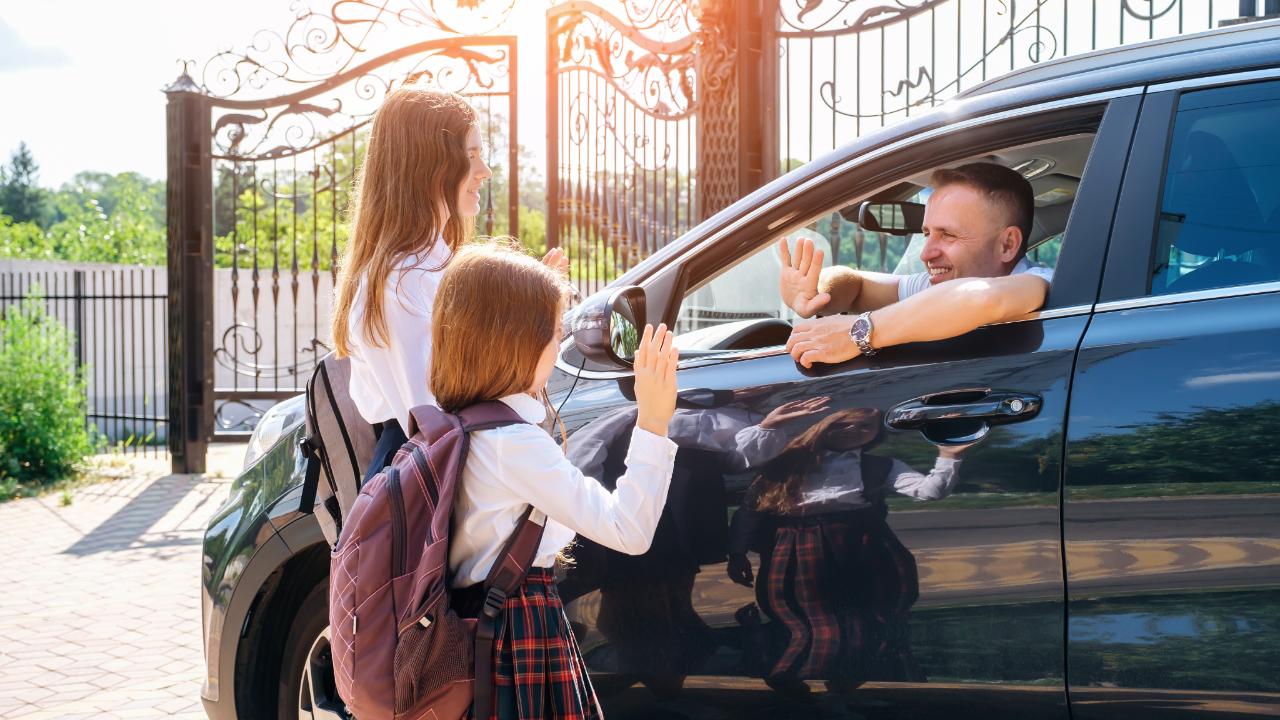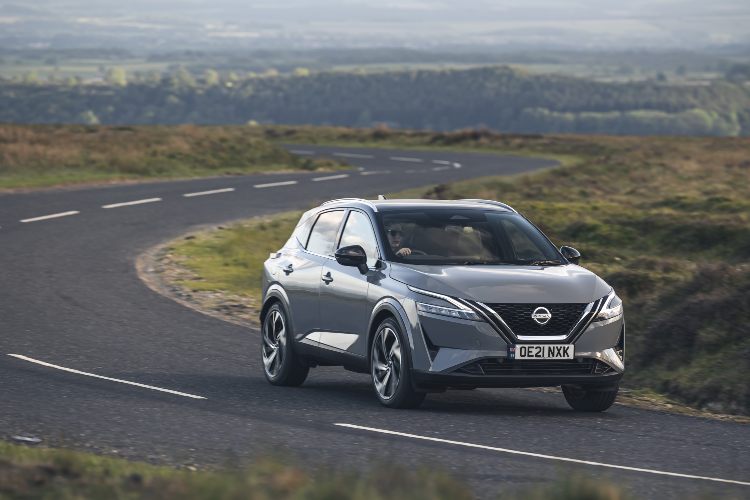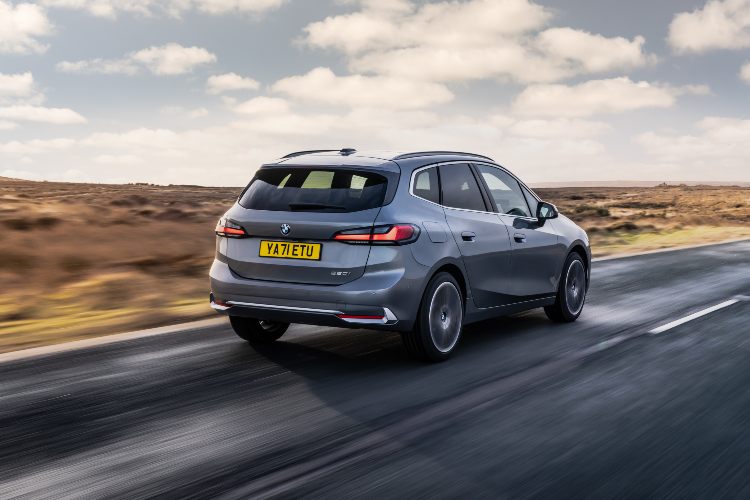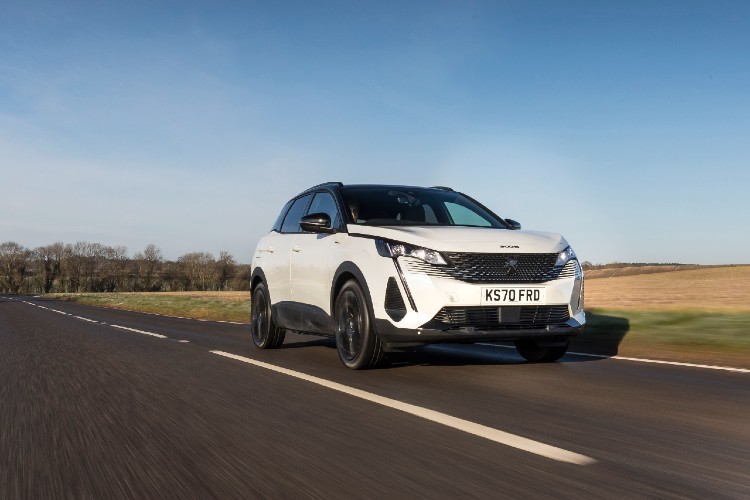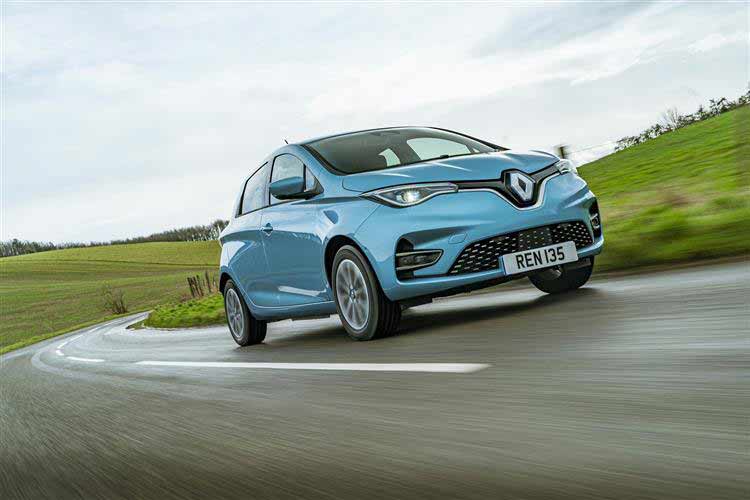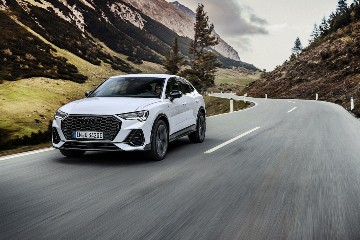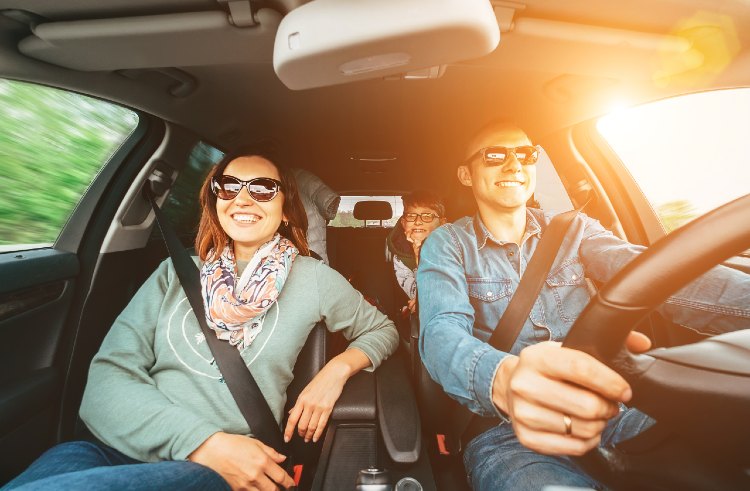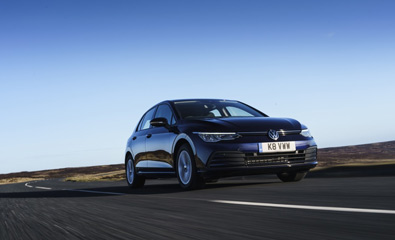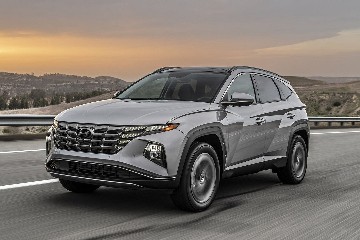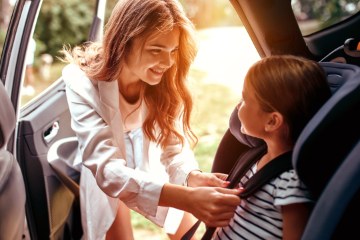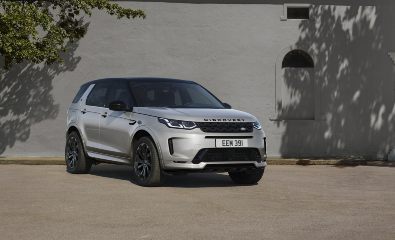By Mark Nichol - Updated 30/03/23
You might associate the phrase ‘school run’ with large SUVs and 4x4s, but the truth is, a great car for getting the kids to school needs to be more than just spacious and safe. They’re obviously crucial qualities, but a brilliant school-run car should be more than that.
It should have a great infotainment system, to keep the kids entertained and reduce stress levels for mum or dad. It should have the latest advanced driver assist safety (ADAS) technology to help avoid prangs, especially in busy traffic. And it should have plenty of Isofix points for keeping younger children as secure as possible.
Here’s Vanarama Car Expert Mark Nichol with five cars that will do all of those things.
Top 5 School Run Cars
Nissan Qashqai Volkswagen Tiguan Allspace BMW 2 Series Active Tourer Peugeot 3008 Renault Zoe
Nissan Qashqai
Millions of words are dedicated to praising the original Qashqai, about how Nissan changed the automotive landscape in 2006 by turning the mid-level family hatchback into something with the advantages of a bigger SUV. It made for a brilliant family car. Cue many, many copies, and although many of them improve the formula in various ways – some are bigger, some better to drive, some more luxurious – the latest Qashqai (in its third generation now) is still one of the very best.
The Qashqai has a huge 504-litre boot, plenty of rear space, and even the base model (called Visia) comes with tech like LED headlights, cruise control and traffic sign recognition. The drive itself is softly sprung and relaxing, and hybrid tech across the range means every Qashqai returns 40mpg-plus fuel economy. With an overall Euro NCAP safety rating score of 347/400, you can also enjoy peace of mind on your drive.
Volkswagen Tiguan Allspace
Volkswagen may beg to differ, but the Tiguan is one of the cars built in ‘homage’ to the Qashqai. In the Tiguan Allspace, you’re getting SUV-style space and height in a car not that much bigger than a Volkswagen Golf. The word ‘Allspace’ means this is the seven-seat version, including a couple of foldable seats in the boot. When they’re down you get an enormous 700-litre storage area, which is always useful, but mainly the Allspace is great for ferrying around five-a-side teams without being the size of a minibus.
The Tiguan features a very high-quality interior, superb refinement, lots of equipment even with a base car (called ‘Life’) and a range of engines that are smooth and efficient. The 150hp 1.5-litre TSI petrol is the nicest, but if you are regularly filling the car with people and things, then the 150hp 2.0-litre TDI diesel will cope better because it has more torque – it’ll give you a good 45mpg too.
BMW 2 Series Active Tourer
If you don’t fancy an SUV but still need plenty of space and want a high driving position, consider the BMW 2 Series Active Tourer, which essentially does the job of an SUV-crossover without pretending to look like one. Multi-purpose vehicles (MPVs) like the 2 Series have fallen out of fashion lately, but spend any time in this one and you’ll wonder why. It feels surprisingly small from behind the wheel (about the same size as a BMW 1 Series) but packs in loads of interior space and has one of the most pleasant interiors in any car. It’s very similar to the interior of BMW’s flagship £80,000 electric car, the iX electric vehicle (EV).
The 2 Series Active Tourer is available with some of the world’s great mid-market engines, too. The 2.0-litre diesel in the 218d is quiet and good for 50mpg, while the 1.5-litre 3-cylinder petrol engine in the 220i sounds great and is proper punchy. Along with a generally pleasant driving experience, the 2 Series Active Tourer is one of the best pound-for-pound family cars on the market.
Peugeot 3008
We’ve picked the 3008 because it’s arguably the best midsized family crossover on the market, a fantastic blend of unusual style, useful spaciousness and surprisingly dynamic handling characteristics; in fact, we’d suggest it’s more fun to drive than Peugeot’s family hatchback, the 308. And if you need more space, the Peugeot 5008 has very similar characteristics but with two extra rear seats, as well as a middle row with three individual chairs instead of the usual bench.
The focal point of the five-seat 3008, however, is its unusual interior, which feels high-tech thanks to its twin screens, toggle switches and small, low-set steering wheel. But the basics of comfort and user-friendliness are spot on, as is cabin quality. The boot space is a very large 512 litres, and the engine range is particularly efficient.
The 1.5-litre diesel engine is probably all you need and returns 60mpg, but if you’re running this as a company car as well as a school-run vehicle then consider the Hybrid4 plug-in hybrid electric model. Its 235mpg efficiency rating is wildly optimistic (you’ll never come close to it) but it also means a very low CO2 rating and excellent company car tax rates.
Renault Zoe
It’s easy to make a case for the latest Renault Zoe as a really good school run small car – especially if your school run involves just one or two kids and you want it to be as cost-effective as possible. Officially, the Zoe is a supermini, although it’s very tall and spacious, with more than enough room for four, and across the last decade it’s been continuously improved to the extent that today’s Zoe feels a generation ahead of the model that first launched.
Mainly it’s the battery, which has more than doubled in size from 22kWh in the 2012 version to 52kWh now. Today’s car has a claimed 245-mile range. It’s one of the most efficient electric cars on the market too, so if you’re driving it mostly at town speed you should be able to achieve that range between charges, which makes it very easy to live with. We’re not only looking to make your choice of car for the school run easier, but we’d like to make the drive a little more serene as well.
Best School Run Cars FAQs:
Which cars have the most Isofix points? Cars like the Audi Q7, the Land Rover Discovery and the Volkswagen Touran have at least five of their seven seats equipped with Isofix points, making them great choices for those with larger families. If you don’t need that many Isofix points, though, or you’d like to look at other cars that can accommodate three child seats side-by-side on one row, check out our article on the best cars with 3 Isofix points.
How do I know if a car is safe enough for my family? You need to check out Euro NCAP, euroncap.com, which is the official body for crash-testing and automotive safety in Europe. It publishes an overall safety rating out of five stars for all mass-produced new cars on the road, and manufacturers these days fit lots of active and passive safety technology to their new vehicles in order to pick up the coveted five-star award. Euro NCAP further breaks down a vehicle’s overall safety rating into four sub-categories, which are adult occupant, child occupant, vulnerable road users and safety assist. Although all four categories are important, if you’re avid about safety for your children then you’re looking for the highest percentage score in the child occupant sector – typically, 90% and above is desirable.
Take a look at our guide on the safest and most reliable family cars for more options.
How does advanced driver assist safety (ADAS) technology help with the school run? One of the core features of ADAS is autonomous emergency braking (AEB), which is particularly useful in low-speed, urban environments – such as the busy roads around schools in the mornings and afternoons. AEB can help stop the car if you’ve missed someone stepping out into the road in front of you, which reduces stress for the driver. Other features, like blind-spot monitoring and door open alerts, can help avoid incidents once you’re parked – the car can tell you if someone is approaching the vehicle, on foot or on a bicycle, before you unwittingly open the door into their path to get out and take the kids into school.
Why are SUVs so popular for the school run? SUVs have become popular because they are physically big, which not only places their driver higher above the road for better visibility and increased perception of safety as a result, but it also means they have accommodating and practical interiors – great for parents, given the essential paraphernalia which is associated with having kids. SUVs also have strong bodies, four-wheel drive (usually) and lots of the latest safety equipment, which means they’re considered very safe family vehicles all year round, and they are a prestigious vehicle type that looks good on the school run. Bear in mind, though, that they don’t have the smallest road footprint and are therefore not always easy to park, while they’re often not the most fuel economical vehicles in the world either. For recommendations on the top options available, check out our guide to the best family suvs.
Are there any seven-seat vehicles which aren’t SUVs available? Yes, there are traditional MPVs, like the BMW 2 Series Active Tourer, the Ford S-Max and the Volkswagen Touran to choose from. Or you could check out the unusual Dacia Jogger, an affordable small estate car that manages to pack seven seats into its body, making it the cheapest seven-seater on the market. If you need to seat seven, then you’ll get much more choice if you pick an SUV. Take a look at our guide to the best seven seater cars to help you make the right choice.
Find out more about how car leasing works or why lease vs buy a car in our easy-to-understand leasing guides. Or if you're ready to browse for your next we've got a huge range of car leasing offers at unbeatable prices.

